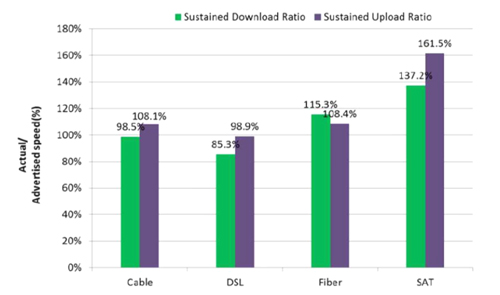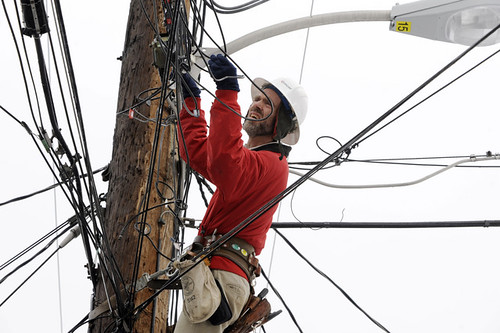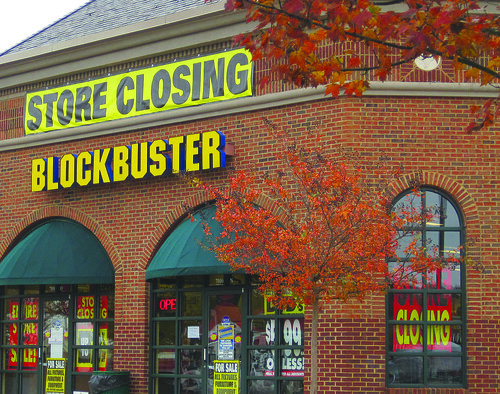No Free Speech or Paids Ads in Russia
Wednesday, July 16th, 2014
The remnants of totalitarian communism in Russia refuses to go away. Putin’s mafia-style government first tried to take down the satellite TV signal of Dozhd, one of the few remaining independent channels. The channel is available via Yamal 300K, Eutelsat 36B, Astra 4A, and Dish Network in the U.S. (via Anik F3).
Now the government wants to ban advertising on any channel beside FTA television, most of which is state-owned or controlled. Removing one of the main sources of revenue is their way of putting them out of business.
Dozens of small and independent Russian television stations could face closure after lawmakers approved a controversial bill banning advertising on cable and satellite channels.
The proposal would also consolidate state-controlled channels’ dominance of the advertisement market.
The surprise bill raced through Russia’s State Duma, the lower house of parliament, last week, sailing through its three compulsory readings in just two sessions.
Excluded from the ban are “national, compulsory, universally accessible” channels and those conveyed by terrestrial broadcasting — meaning all the state-controlled channels that currently dominate Russian television.
Advocates say the new law aims to end unfair competition on the television market, where pay channels supposedly benefit from mixed funding schemes — subscription fees and advertising — while free broadcast channels are limited to commercials.
But the heads of 15 pay channels, including Natalya Sindeyeva of opposition-leaning Dozhd TV, have written a letter to the government warning that the ban will sound the death knell for more than half of Russia’s cable and satellite channels.
“Excluding the advertising model could place about 150 thematic pay channels on the brink of survival,” the letter says. “Raising payments for television services may lead to understandable customer dissatisfaction.”
The signatories also warn that the new law will hurt small and medium-sized businesses currently advertising on pay channels since “only big-business representatives can afford advertising on federal channels.”
Read the letter in Russian here. Behold the quick translation into English…
From an article in the newspaper “Kommersant” from 26/06/14, we were surprised to learn that in the State Duma in an expedited manner planned to adopt a package of amendments to the “Law on Advertising.” Our keen interest aroused amendment prohibiting advertising on pay channels. We believe that consideration of this amendment, the State Duma of the Russian Federation should take into account the following circumstances:
1. Absolutely no obvious reason why television channels necessary in law to impose a particular model in the market. We believe that any TV channel can select or advertising model, or paid, or mixed. The choice of a model should be determined solely by market mechanisms rather than the provisions of the legislation. According to our information the absence of such legislative restrictions characteristic of the vast majority of countries around the world.
2. Most pay-TV channels now uses both models of monetization of their business – and advertising and paid. Exception advertising model will deliver about 150 paid thematic channels on the brink of survival. It is possible, the financial burden will be shifted to the subscribers. Services of the largest Russian operators used by tens of millions of Russian citizens. Increased pay for TV service can lead to understandable frustration consumers.
3. Please note that the central channels of essential federal campaigns can afford only representatives of big business. For medium and small business advertising on such channels is not available due to its high cost. But representatives of small and medium businesses can promote on the Russian market their products and services by means of pay-TV channels. They can appeal to the audience of thematic channels, which are most likely to consume their product or service at feasible prices for their business. Ban such advertising can lead to a significant delay in the development of small and medium-sized businesses in our country. We believe that this provision of the legislation is contrary to public policy to support small and medium-sized businesses.
Appeal with the proposal to postpone consideration of this amendment in the spring session of the State Duma. Propose to discuss the amendment with the business community, and nominate it for discussion by the State Duma in view of his opinions.
This is ridiculous, yet typical of Putin’s stupidity. Gutting the Russian economy is obviously not a consideration.
People will find want they want from other sources: the truth.








